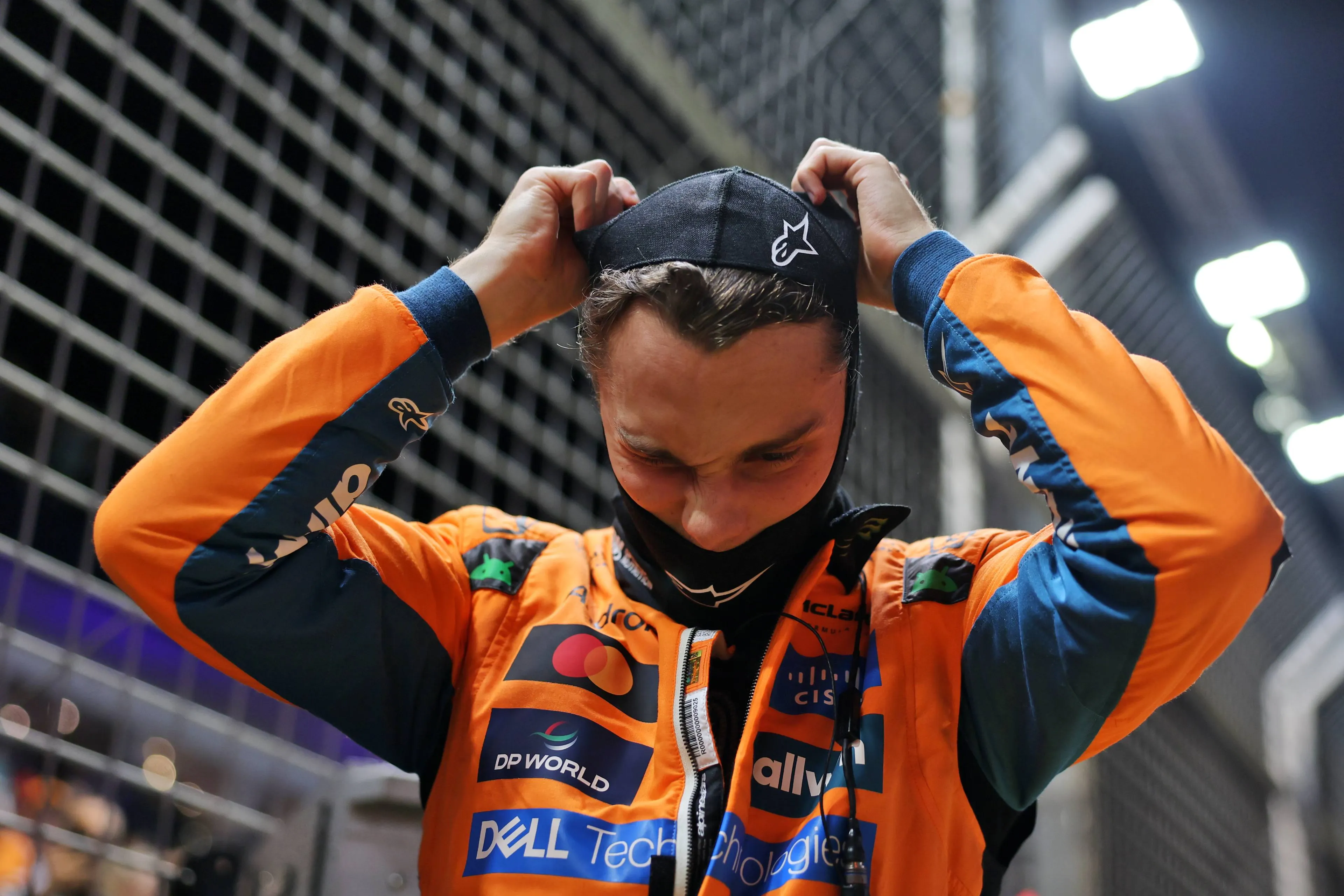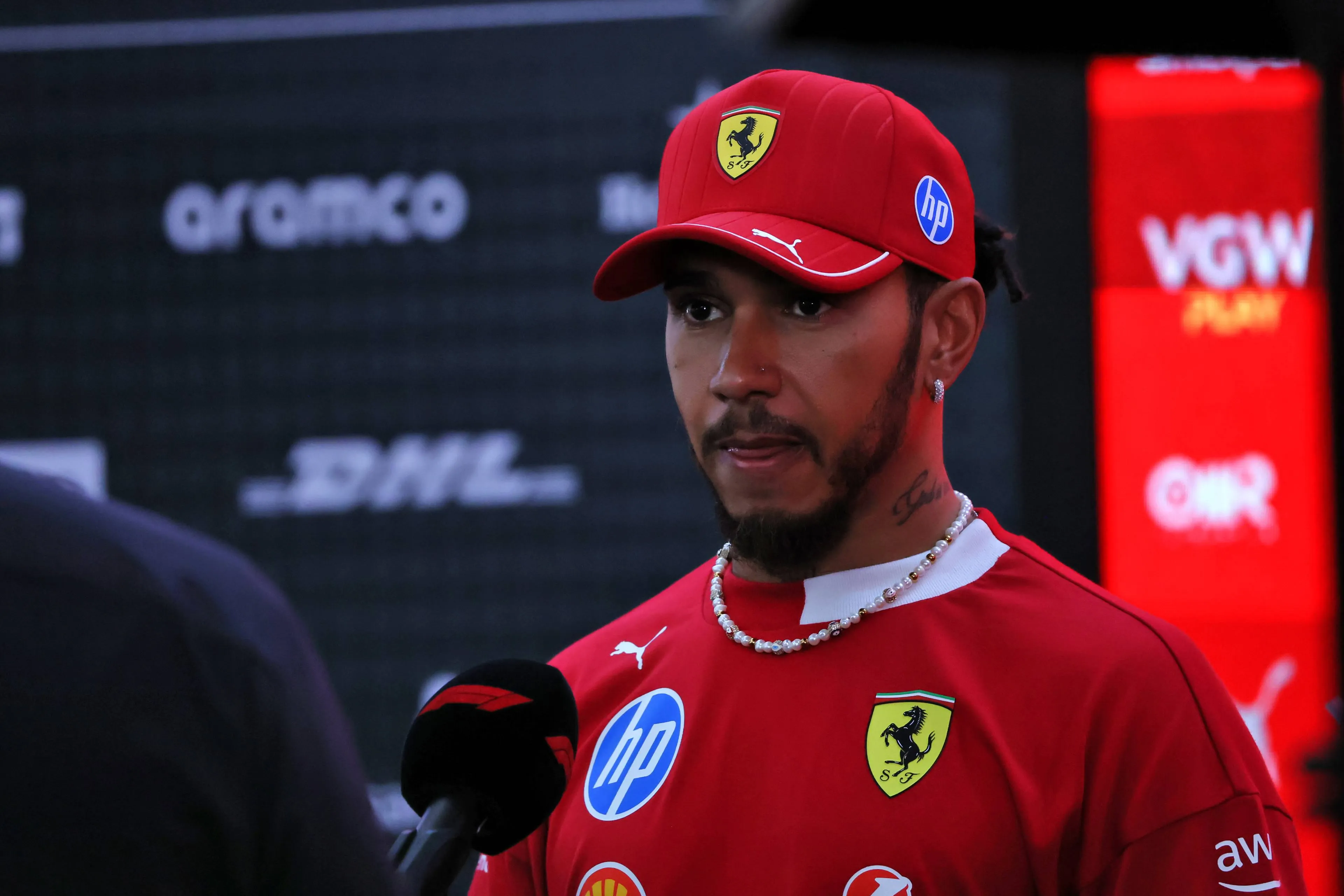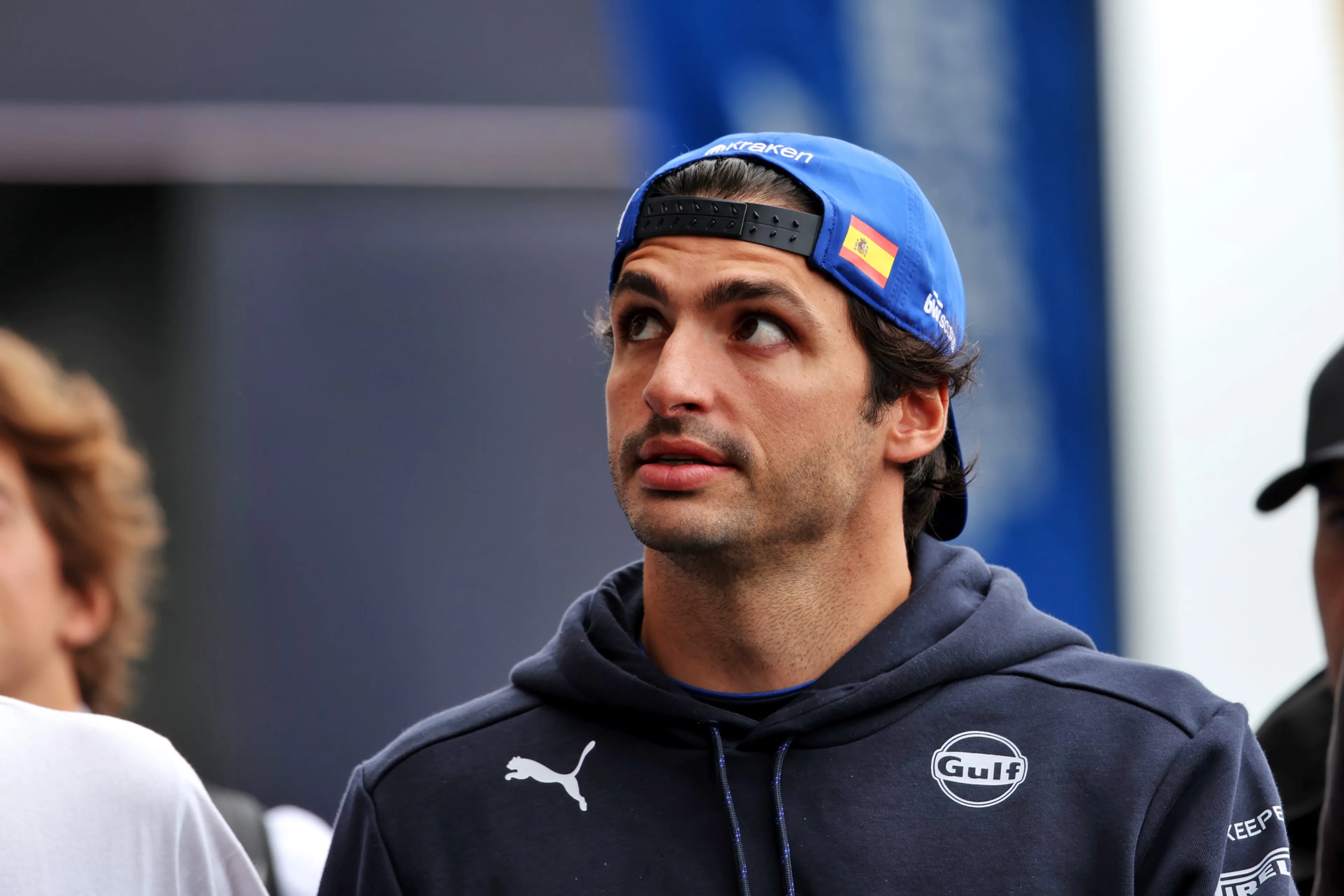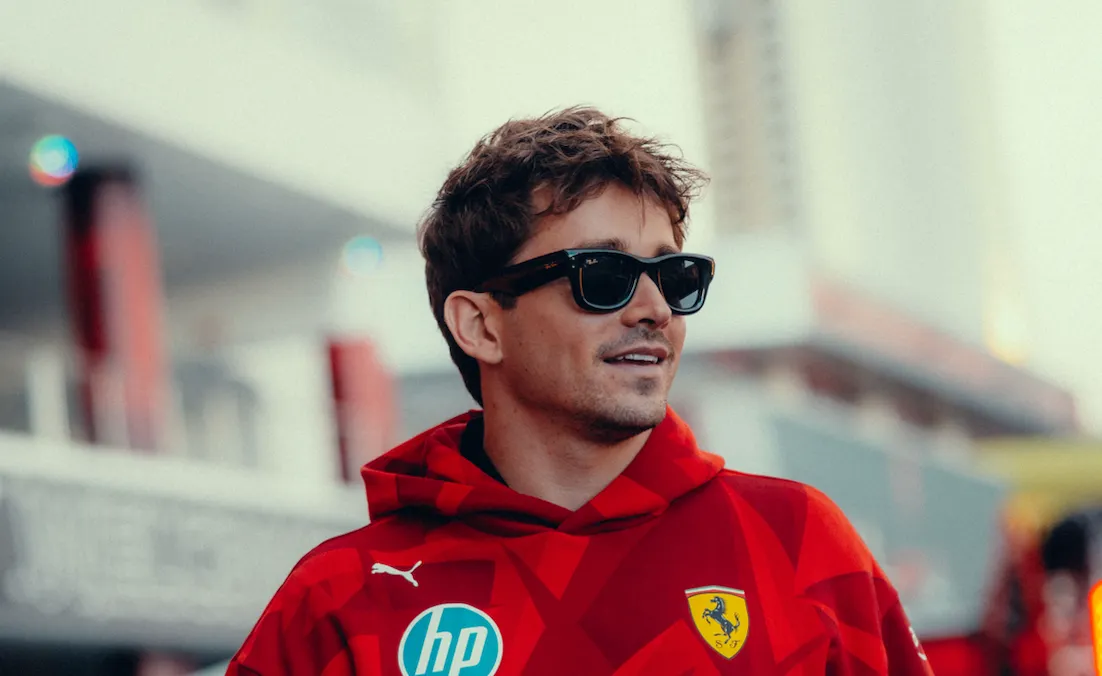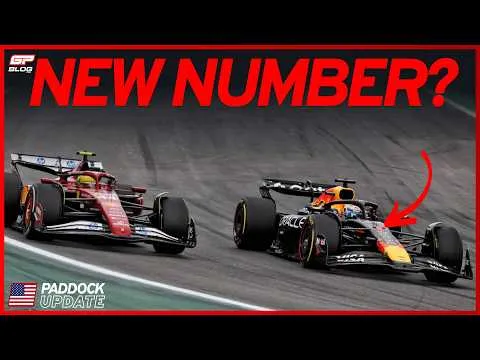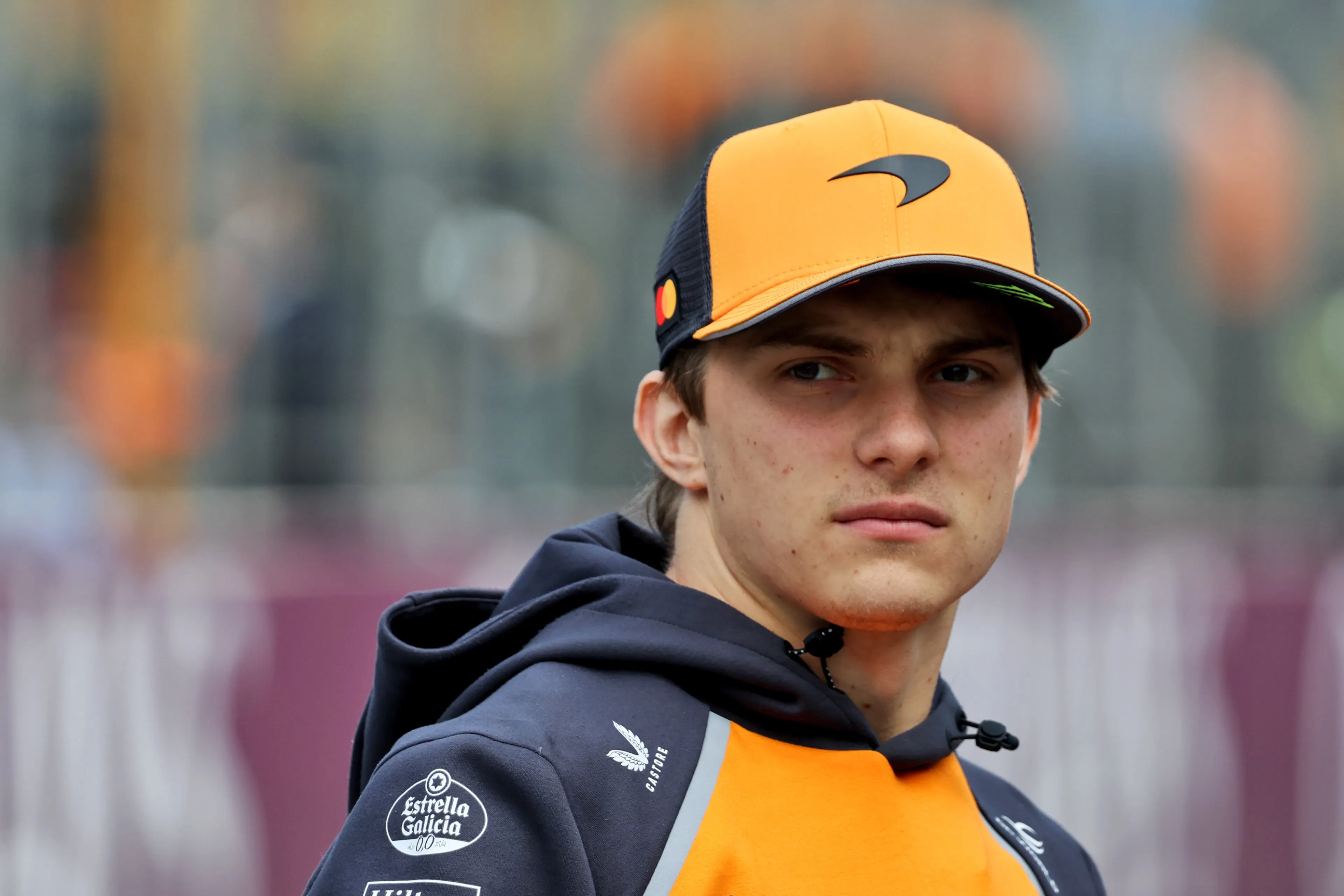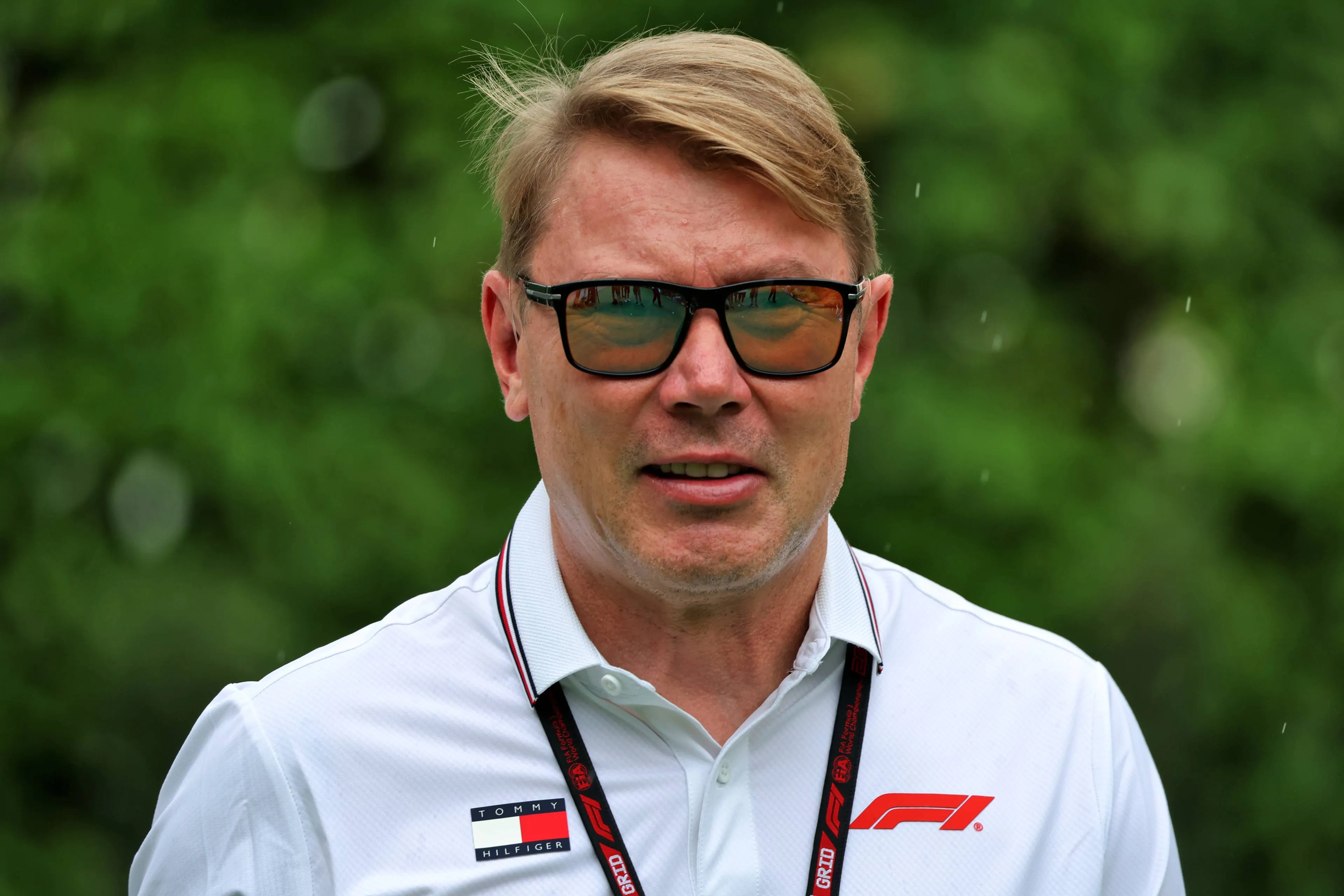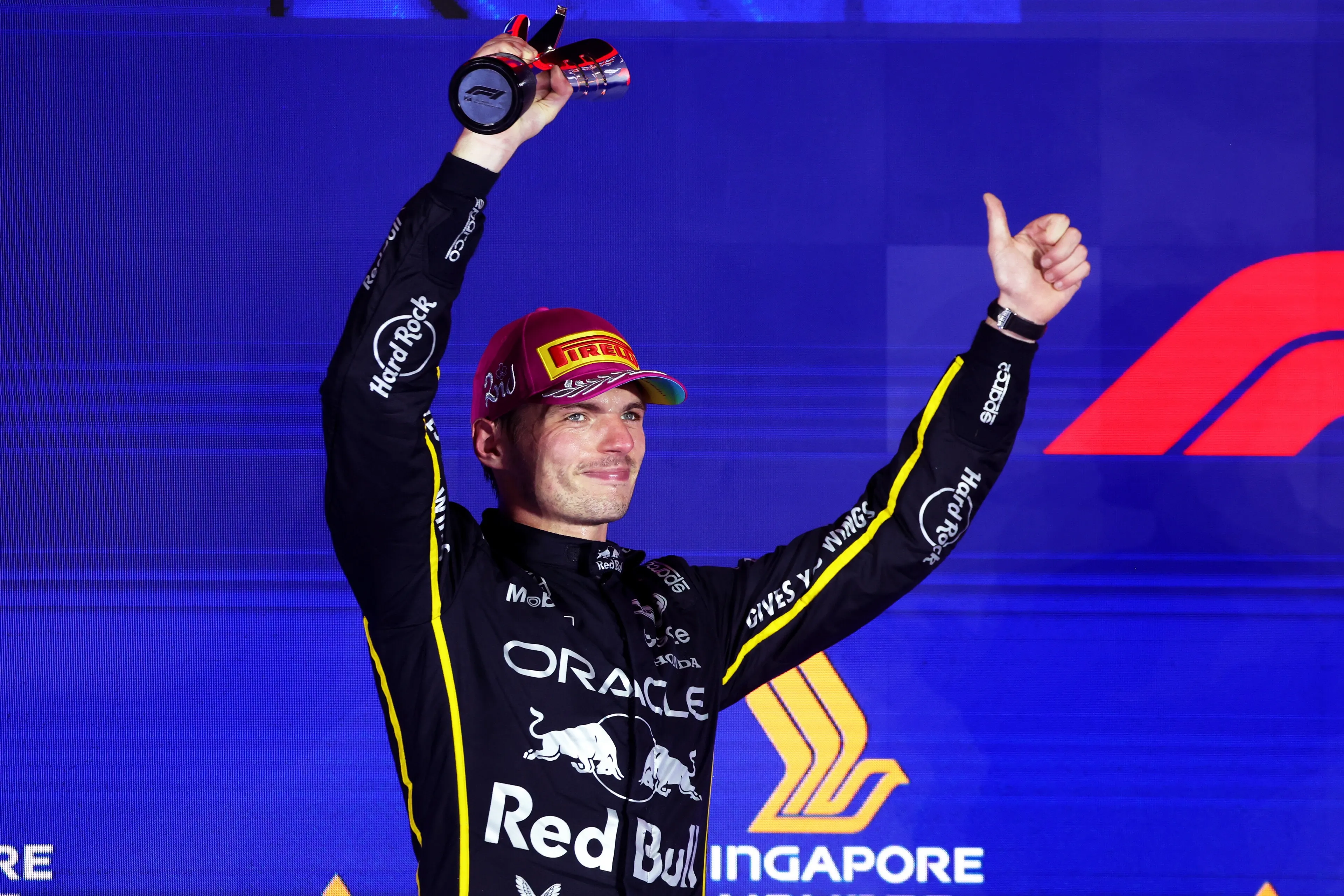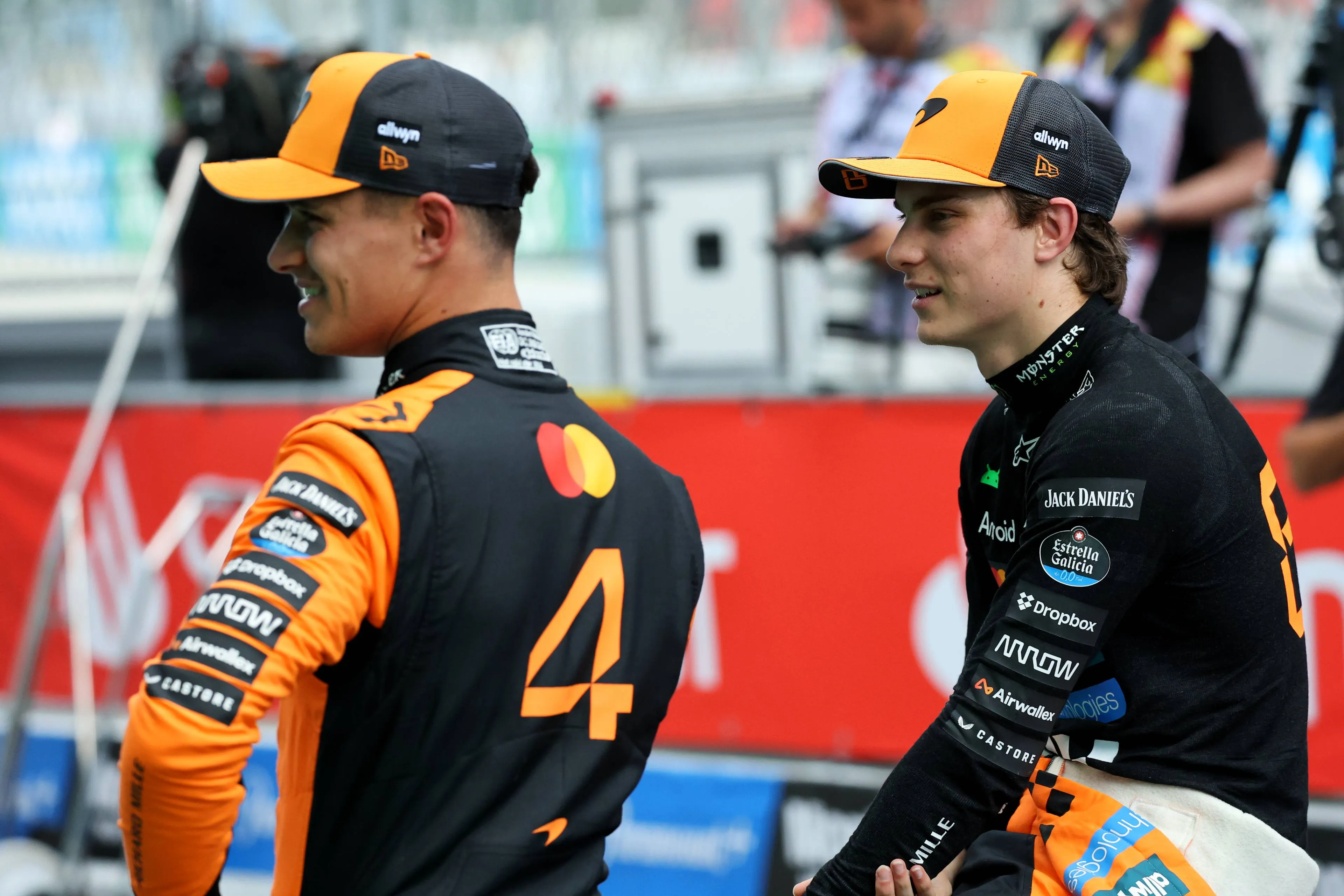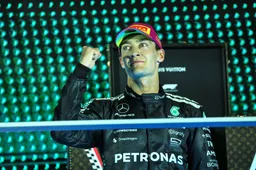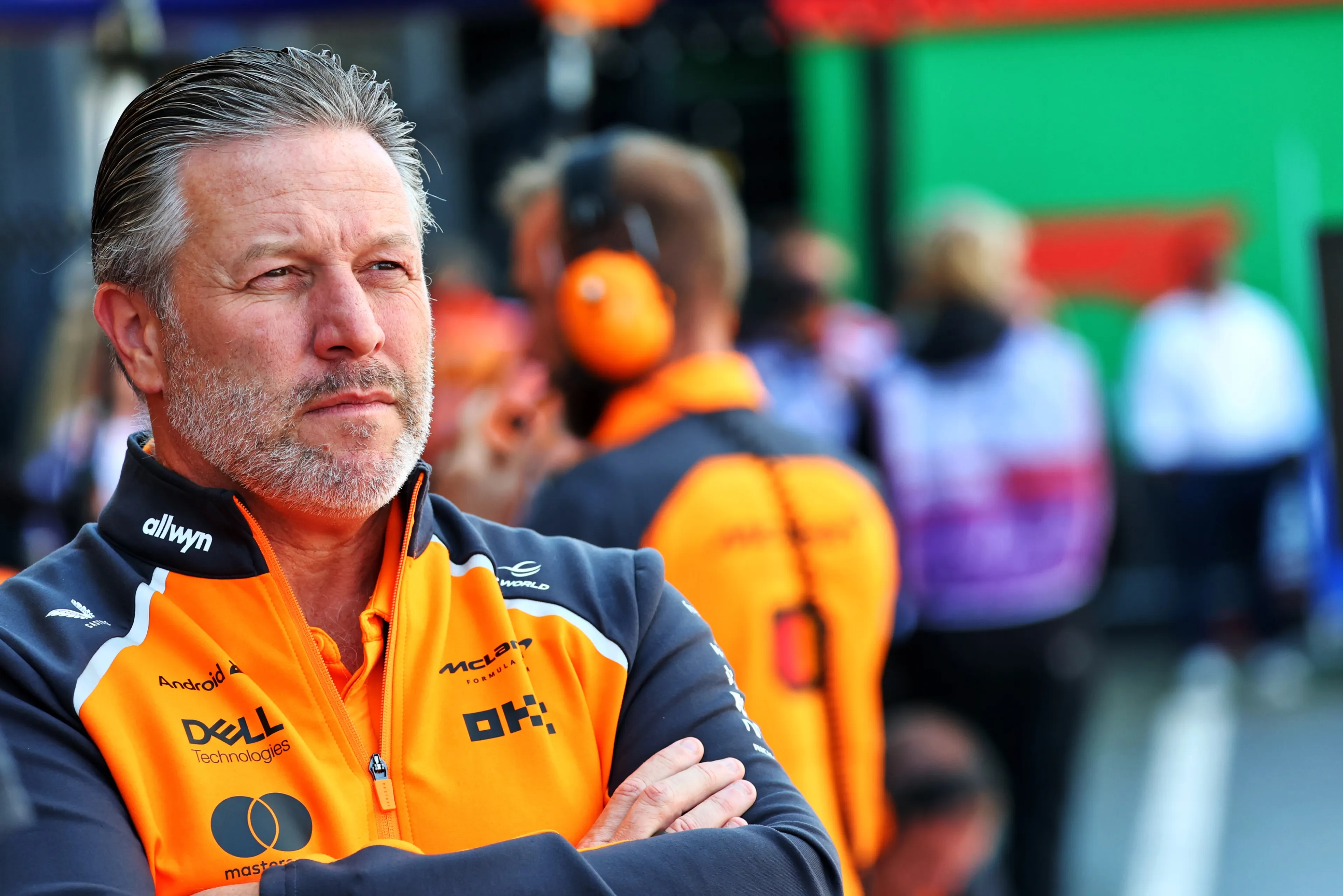
McLaren CEO, Zak Brown - Photo: RacePictures.
McLaren’s next challenge is managing success in the Norris–Piastri Era
23:46, 05 Oct
Updated: 14:06, 06 Oct
1 Comments
It always felt inevitable. Zak Brown had said it often enough, that one day, his two McLaren drivers would be fighting not just for podiums, but for wins. Brown knew that when that day came, the harmony that had carried the team’s resurgence would be tested in full.
Brown, a racer to his core, understood the instinct that drives competitors to the edge. He never wanted to suppress it, only to shape it.
The message had always been clear: McLaren first, drivers second. Papaya Rules - the unwritten code that kept the team united through its climb back to the front.
McLaren navigates unexplored waters
But with the constructors’ title now secured and Max Verstappen’s grip on the drivers’ crown slipping, McLaren finds itself in unfamiliar territory. The team’s success is no longer the question and now it’s about which of its two drivers will be the champion of the world.
In Singapore, that tension boiled over. On the opening lap, Lando Norris and Oscar Piastri went wheel-to-wheel in a duel that showed just how finely balanced McLaren’s new reality has become. Norris emerged ahead, while Piastri, usually calm and unflappable, was left seething.
A slow pit stop added insult to injury. Unlike in Monza, there was no radio message to switch positions, no tactical call to even things out. The silence spoke volumes, although the team later explained the decision.
Just weeks earlier, Norris had benefited from team orders in Italy; this time, fortune and strategy aligned in his favour again.
It won’t have gone unnoticed by Piastri’s camp, led by Mark Webber, who knows all too well what it feels like to play the loyal number two.
The Australian’s reaction was telling, cutting team radio the moment he parked in Parc Fermé. It was a quiet act of protest, but a significant one.
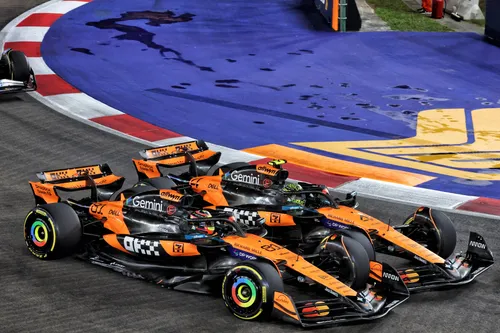
Lando Norris collided with Oscar Piastri at the start of the Singapore GP. Photo: RacePictures.
McLaren's uncertain managing Noris-Piastri dynamics
McLaren’s handling of its drivers has, at times, felt uncertain. In 2024, Norris was told to hand the lead back to Piastri in the Hungarian GP, a call he obeyed only after some hesitation.
In Monza this year, the decision to reverse their positions sparked debate but was justified by the bigger picture with the constructors’ title still at stake.
Now, that justification has vanished. With McLaren back among the frontrunners and the championship wide open, Brown and team principal Andrea Stella must navigate a new kind of pressure. The task is no longer about maximising team points, it’s about managing ambition.
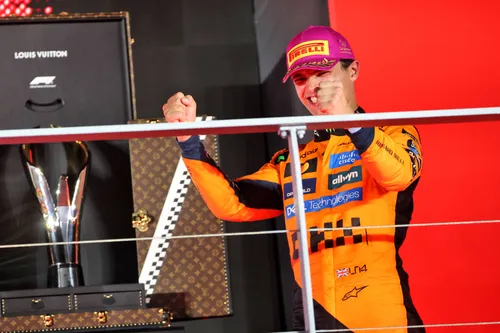
Lando Norris celebrates hi sP3 in Singapore. Photo: RacePictures
McLaren's luxury predicament
This is, in many ways, the best kind of problem for McLaren to have. After years of rebuilding, the team finally has two drivers capable of winning on merit.
But success brings its own challenges, and managing equality between two genuine contenders is among the hardest.
Brown and Stella have spent the past two seasons building a culture of calm progress with little politics, no drama, no divisive calls. But when your drivers are separated by tenths of a second and chasing the same trophy, control becomes something far more fragile. You can’t coach instinct. You can’t slow a racer who smells victory.
The Norris–Piastri relationship has, until now, been defined by mutual respect. Norris, the established team figure, has matured into a consistent front-runner, while Piastri, quick and composed beyond his years, has earned credibility as one of the sharpest young drivers on the grid.
Together, they’ve made McLaren the most complete pairing in Formula 1.
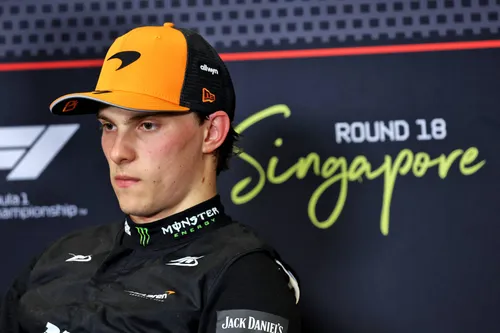
Oscar Piastri during the Grand Prix in Singapore. Photo: RacePictures.
McLaren is at a crucial cross-roads
But the very balance that made them so effective could soon be tested. Every overtake, every pit call, every team radio message will now carry weight. The unity that powered McLaren’s rise could start to fray under the pressure of individual ambition.
For Brown, this is where leadership matters most. He’s always thrived on being close to the action and visible, direct, a racer’s CEO.
Yet this next phase demands a lighter touch. It’s about trust, fairness, and knowing when to step back and let the drivers race.
Because in the end, that’s what fans and racers want to see. Not a managed duel, but a genuine contest between two of Formula 1’s brightest talents. The kind of rivalry that pushes both to their limits and defines an era.
McLaren has finally built a car capable of winning championships. Now it must learn how to handle the complications that come with it.
Do they stay loyal to the collective the Papaya Rules that rebuilt their culture or embrace the chaos of letting their drivers go head-to-head? Either way, McLaren has arrived at the sharp end of Formula 1 again. The next challenge is surviving the storm that comes with it.
GPblog's latest F1 Paddock Update
Want to stay up-to-date with what happens in the F1 paddock? Then GPblog's F1 Paddock Update video is the perfect way to do it. Subscribe to GPblog's YouTube channel and turn on notifications to never miss the latest episodes.
Spotify:
Read also
Read more about:
Rumors
Popular on GPBlog
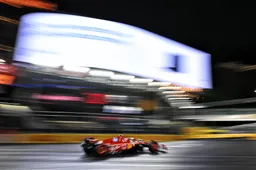
1
2025 Las Vegas Grand Prix: start time and full schedule
12101 times read

2
Verstappen, Norris and Russell summoned by the FIA in Las Vegas GP list
11392 times read

3
McLaren definitively sidelines Piastri in Abu Dhabi
10958 times read

4
Verstappen confirms he wants to race with a different number in 2026
3244 times read
Loading


